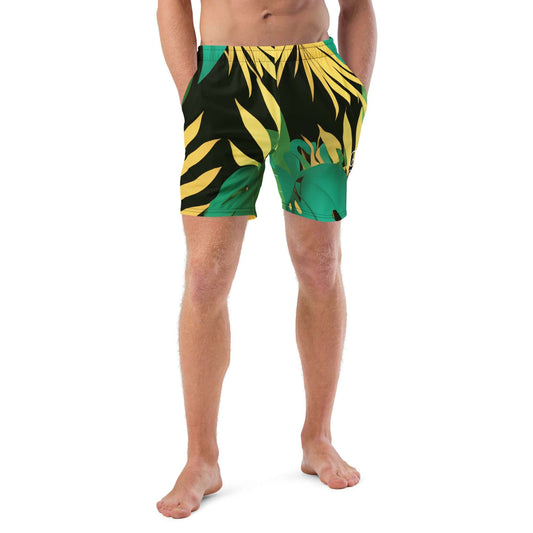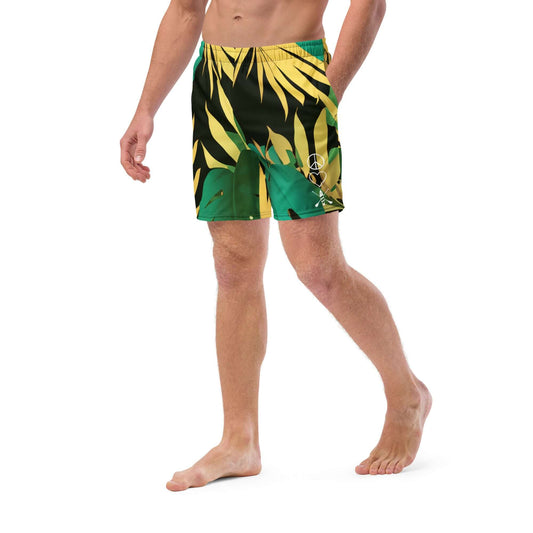
The Ultimate Guide to Safely Transporting Your Epoxy Paddleboard
Frequently Asked Questions
1. What are the mportant steps for preparing my epoxy paddleboard for transport?
2. What is the best way to transport an epoxy paddleboard?
The safest transport options include using roof racks, placing it inside a larger vehicle, or securing it on a trailer or hitch rack.
3. How do I protect my paddleboard from UV damage during transit?
When traveling on sunny days, shield your paddleboard with a UV-protective cover or tarp.
4. What should I do after transporting my paddleboard?
Inspect your board for any damage and store it properly in a dry, flat area—preferably indoors or in a shaded location.
5. How can I connect with the paddleboarding community for transportation tips?
Join local paddleboarding groups, participate in online forums, and engage with fellow enthusiasts on social media to exchange tips and insights.
Transporting your beloved epoxy paddleboard can feel overwhelming—especially when you want to ensure it stays safe and undamaged during the journey. Whether you're heading to the water for a relaxing escape or an adventurous expedition, proper transport is key to maintaining your board’s longevity and performance.
This guide will walk you through the best techniques for safe transportation while also helping you connect with the vibrant paddleboarding community.
Understanding the Basics of Epoxy Paddleboard Care
Before we dive into transportation methods, let’s explore what makes epoxy paddleboards special. These boards are known for their durability and lightweight nature, but they’re not invincible. Here’s how you can care for your board properly:
What Is Epoxy?
Epoxy is a strong, pressure-resistant resin used in paddleboard construction. While it enhances durability, epoxy is still vulnerable to UV damage, scratches, and dents if mishandled. Knowing how to transport your board correctly is essential for prolonging its lifespan.
Preparation: Getting Ready for Your Adventure
Taking a few extra steps before transport can save you time and potential headaches later. Here’s what you should do before hitting the road:
Clean Your Paddleboard
Before transportation, remove dirt, sand, and debris to prevent scratches. Use a mild cleaning solution and a soft sponge or cloth for a thorough wipe-down.
Inspect for Damage
Check your paddleboard for cracks, scratches, or weak points. Addressing any issues before transport will help prevent further damage.
Choosing the Right Transportation Method
How you transport your paddleboard significantly impacts its safety. Consider these options:
Roof Racks
One of the most common methods for transporting larger paddleboards, roof racks securely attach to your vehicle. Keep these tips in mind:
- Ensure the racks are compatible with your vehicle.
- Use soft pads or straps to prevent damage.
- Double-check that the board is properly secured before driving.
Inside the Vehicle
If your vehicle is large enough, transporting your board inside offers additional protection. Follow these steps:
- Remove any loose items that could shift during travel.
- Lay down blankets or towels to prevent scratches.
- Secure the board to minimize movement while driving.
Trailers and Hitch Racks
For those transporting multiple boards or extra gear, a trailer or hitch rack is a great investment. Just make sure to:
- Secure each board tightly.
- Cover the boards if necessary to protect against the elements.
Safety First: Ensuring Stability During Transport
Regardless of your transportation method, stability is key. Here’s how to ensure a smooth ride:
Distribute Weight Evenly
An uneven load can lead to handling difficulties and potential damage to your paddleboard. If you’re carrying multiple boards, make sure the weight is balanced.
Secure with Quality Straps
Invest in high-quality tie-down straps. Straps that are too loose can cause movement, while overly tight straps may damage the board’s surface. Aim for a snug fit that keeps the board secure without excessive pressure.

Protecting Your Paddleboard from the Elements
Your board faces potential damage from sun, rain, and moisture exposure during transport. Take these precautions:
UV Protection
Extended sunlight exposure can weaken epoxy over time. If you’re traveling on a bright day, use a UV-protective cover or tarp to shield your board.
Water and Moisture Protection
If you expect rain or high humidity, waterproof your board with a quality cover. Keeping your board dry ensures longevity and prevents mold or mildew buildup.
Engaging with the Paddleboarding Community
One of the best ways to enhance your paddleboarding experience is by connecting with other enthusiasts. Here’s how:
Join Local Paddleboard Groups
Look for local paddleboarding communities, clubs, or meetup groups. These communities often share valuable transportation and care tips.
Online Forums and Social Media
Social media platforms like Facebook, Instagram, and dedicated paddleboarding forums are great places to exchange advice, share experiences, and stay updated on the latest trends in paddleboarding.
Post-Transportation Care
After reaching your destination or returning home, follow these steps to maintain your board’s condition:
Inspect Again
Just as you checked your board before transport, give it another once-over to ensure no damage occurred along the way.
Store Properly
When not in use, store your board in a dry, flat area—ideally indoors or in a shaded spot. Consider using a wall rack or vertical storage solution to save space and prevent accidental damage.
Embrace Your Paddleboarding Adventure!
Transporting your epoxy paddleboard doesn’t have to be stressful. By following these guidelines, you can enjoy your paddleboarding adventures while keeping your board in peak condition.
Whether you're cruising serene waters or riding ocean waves, the paddleboarding community is ready to welcome you. Join the conversation, share your experiences, and make the most of every journey on the water!


















































